Maryam Hourali
SELM: Software Engineering of Machine Learning Models
Mar 20, 2021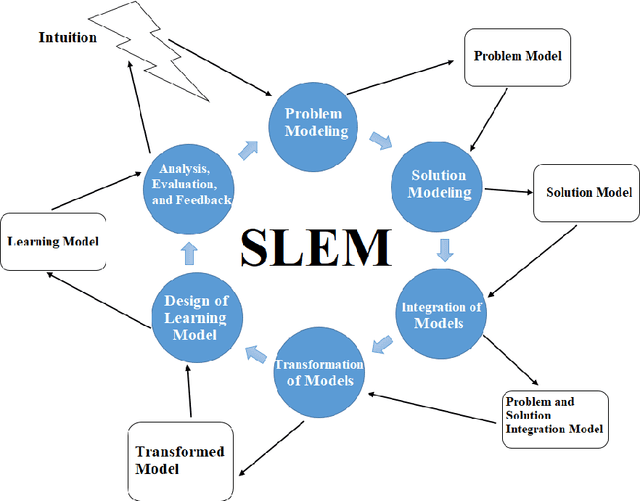

Abstract:One of the pillars of any machine learning model is its concepts. Using software engineering, we can engineer these concepts and then develop and expand them. In this article, we present a SELM framework for Software Engineering of machine Learning Models. We then evaluate this framework through a case study. Using the SELM framework, we can improve a machine learning process efficiency and provide more accuracy in learning with less processing hardware resources and a smaller training dataset. This issue highlights the importance of an interdisciplinary approach to machine learning. Therefore, in this article, we have provided interdisciplinary teams' proposals for machine learning.
A Context-based Disambiguation Model for Sentiment Concepts Using a Bag-of-concepts Approach
Aug 07, 2020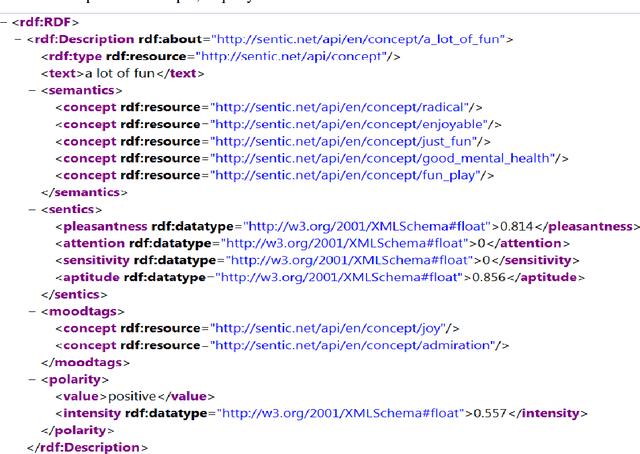
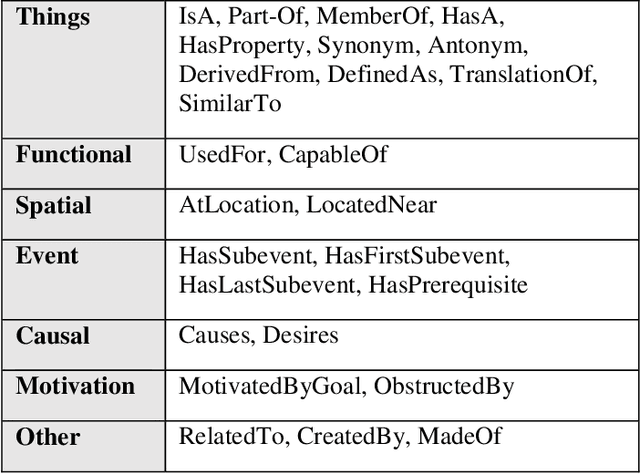
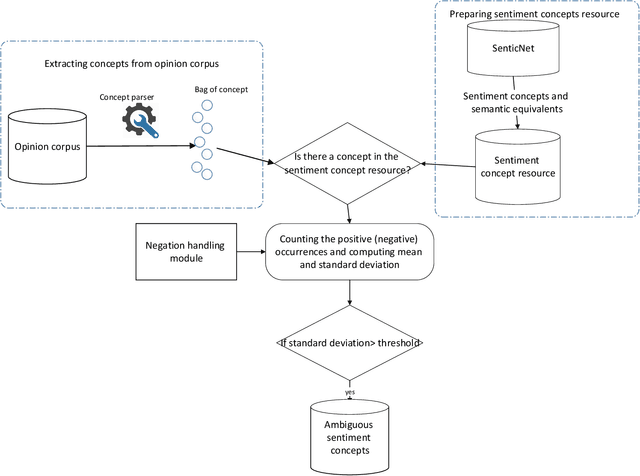
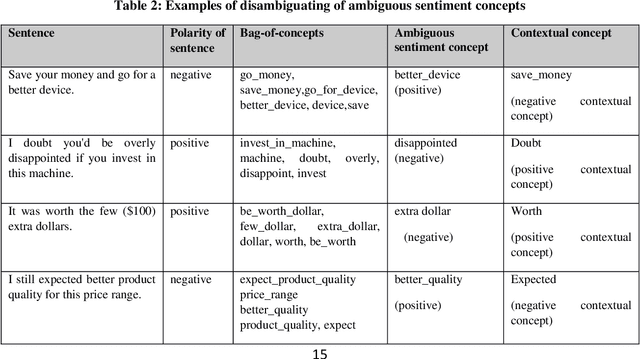
Abstract:With the widespread dissemination of user-generated content on different social networks, and online consumer systems such as Amazon, the quantity of opinionated information available on the Internet has been increased. One of the main tasks of the sentiment analysis is to detect polarity within a text. The existing polarity detection methods mainly focus on keywords and their naive frequency counts; however, they less regard the meanings and implicit dimensions of the natural concepts. Although background knowledge plays a critical role in determining the polarity of concepts, it has been disregarded in polarity detection methods. This study presents a context-based model to solve ambiguous polarity concepts using commonsense knowledge. First, a model is presented to generate a source of ambiguous sentiment concepts based on SenticNet by computing the probability distribution. Then the model uses a bag-of-concepts approach to remove ambiguities and semantic augmentation with the ConceptNet handling to overcome lost knowledge. ConceptNet is a large-scale semantic network with a large number of commonsense concepts. In this paper, the point mutual information (PMI) measure is used to select the contextual concepts having strong relationships with ambiguous concepts. The polarity of the ambiguous concepts is precisely detected using positive/negative contextual concepts and the relationship of the concepts in the semantic knowledge base. The text representation scheme is semantically enriched using Numberbatch, which is a word embedding model based on the concepts from the ConceptNet semantic network. The proposed model is evaluated by applying a corpus of product reviews, called Semeval. The experimental results revealed an accuracy rate of 82.07%, representing the effectiveness of the proposed model.
 Add to Chrome
Add to Chrome Add to Firefox
Add to Firefox Add to Edge
Add to Edge